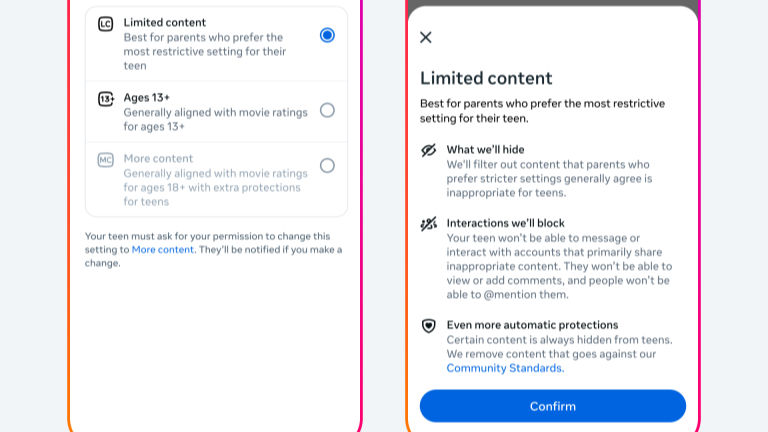Fifty-five Chinese iPhone and iPad users filed an antitrust complaint against Apple with China's market regulator on Monday. The group alleges Apple abuses its market dominance by restricting app distribution and payments to its own platforms, while charging high commissions.

The complaint, led by Lawyer Wang Qiongfei, accuses Apple of three violations of China's Anti-Monopoly Law. These include forcing consumers to purchase digital goods exclusively through Apple's In-App Purchase system, restricting iOS app downloads to the App Store, and charging commissions of up to 30% on in-app purchases.

Complainants argue Apple maintains a monopoly over iOS app distribution in China. They highlight that Apple permits alternative payment methods and app stores in other markets, following regulatory pressure from the European Union and the United States.
The complaint was submitted to China's State Administration for Market Regulation. This scrutiny of Apple comes amid intensifying trade tensions between Beijing and Washington, with both governments using tariffs and technology restrictions.
This marks the second complaint against Apple led by Wang. A similar case filed by Wang in 2021 was dismissed by a Shanghai court last year.
Wang is appealing the verdict of the previous civil lawsuit to China's Supreme People's Court. The court heard arguments on the appeal in Dec., and a ruling is still pending, according to Wang.
Wang expects this administrative complaint to move faster through regulators than the previous civil lawsuit. Amid tensions with Washington, China has recently launched several antitrust investigations targeting U.S. technology firms.
These include chipmaker Qualcomm, which faces a probe over its acquisition of Israeli company Autotalks.
Fifty-five Chinese iPhone and iPad users filed an antitrust complaint against Apple with China's market regulator on Monday.
The complaint alleges Apple restricts app distribution and payments to its own platforms, charging commissions up to 30%.
Lawyer Wang Qiongfei leads the complaint, which is his second against Apple; a previous 2021 case was dismissed.
Source: REUTERS





